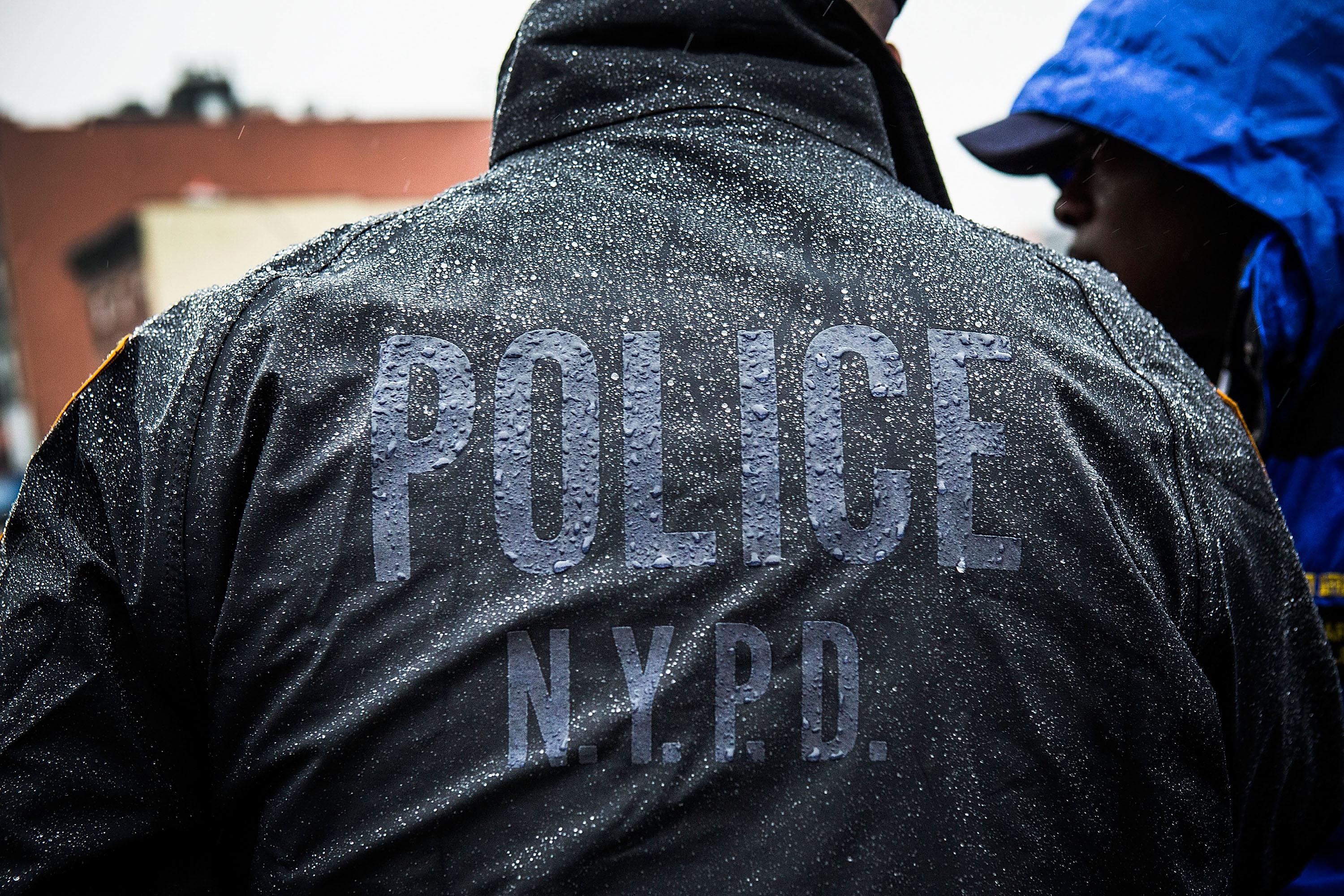Who was Kimani Gray, and why did his death send an estimated 100 people to the streets of Brooklyn last night in protest?
While the story isn’t generating a ton of national headlines yet, it has been flying around Twitter as #brooklynriot (some are now pushing the more neutral #brooklynprotest as a rival hashtag), and appears primed to develop into the latest national story surrounding police and race. With that in mind, here’s what we do and don’t know.
The protests began last night when an estimated 100 people marched toward the New York Police Department’s 67th precinct in response to the weekend death of Gray, a local black teenager who some say was shot by police in cold blood. NBC New York reports that some protesters threw garbage and empty bottles at the precinct, and that police responded by donning riot gear and barricading the street. After the protests fizzled out for the night, a smaller crowd reportedly looted a Brooklyn Rite Aid, injuring a pastor in the process.
What we do know is that police shot and killed Gray late Saturday night. What we don’t know is the exact circumstances that led the officers on the scene to open fire. Here’s the account of events authorities gave to the New York Times:
The police said the officers, patrolling in an unmarked car in East Flatbush, came upon the teenager … in a group of men just before 11:30 p.m. The teenager separated himself from the group and adjusted his waistband in what the police described as a suspicious manner. As officers got out of the car to question him, Mr. Gray turned and pointed a .38-caliber Rohm revolver at them, the police said; two officers fired, hitting the teenager. He was pronounced dead a short time later at Kings County Hospital Center.
Mr. Gray did not fire the handgun, which was recovered at the scene. Paul J. Browne, the chief spokesman for the Police Department, said the six-shot revolver was loaded with four live rounds.
But witnesses have been telling New York media outlets a different story. One, Camille Johnson, told WPIX that Gray “was running for his life, telling the cops, ‘Stop.’ ” A 19-year-old man in the group Gray was with, meanwhile, told NBC New York that things “happened so fast” that he had no idea that the plain-clothes officers were even police. “I didn’t even know they were officers … I didn’t hear them say a thing,” the teen said. A third witness, a women who lives across the street form the shooting, offered a similarly question-raising (but not necessarily damning) account of the shooting’s aftermath to the Times:
She saw two men, whom she believed to be plainclothes officers, standing over Mr. Gray, who was prone on the sidewalk, clutching his stomach. “He said, ‘Please don’t let me die,’ ” said the woman, 46, who gave her name only as Vanessa. One of the officers, she said, replied: “Stay down, or we’ll shoot you again.”
The anger following Gray’s death isn’t, of course, just about the death of one teenager. Flatbush residents say its only the latest example of the unhealthy relationship between the community and the local police. Councilman Jumaane D. Williams, who took part in the protests and live-tweeted the demonstration to draw attention to it, said in a statement afterward: “This action, which some are calling an uprising, was not about the details of one shooting; it spoke to the overwhelming frustration that people are living through day after day.”
Activists and community members have organized another protest for tonight (here’s the Facebook page), suggesting the possibility the Gray’s death could become a larger flashpoint for what is already clearly a frayed relationship between the police officers and the community they are charged with protecting.
